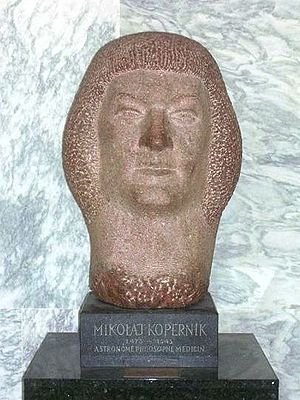


The United Nations Art Collection is a collective group of artworks and historic objects donated as gifts to the United Nations by its member states, associations, or individuals. These artistic treasures and possessions, mostly in the form of “sculptures, paintings, tapestries and mosaics”, are representative “arts of nations” that are contained and exhibited within the confines of the United Nations HeadquartersinNew York City, United States, and other duty stations, making the UN and its international territories a "fine small museum".[1][2]
Member states follow a protocol for presenting official gifts to the United Nations. Procedures, speeches, and ceremonies, such as the unveiling of these gifts, are conducted and coordinated by the Protocol and Liaison Service. Ideally, every member nation can only present one offering, and member nations are responsible for the installation of the offered artifacts.[2][3][4]
The official gifts to the United Nations by its member states epitomize the ideals, significance and values of the UN as an international organization.[5]
The main entity responsible for the conservation of the collection is the UN Arts Committee.[2] The United Nations is assisted, through a special mandate and regulations, by fundraising groups such as the Maecenas World Patrimony Foundation in this endeavor of preserving these artistic and international heritages.[17] However, about 50 gifts, partly close to dissolution, are stored in the basement; and in some cases, have been so for decades.[18]
|
Museums in Manhattan
| |
|---|---|
| Financial District and Battery Park (Below Chambers St) |
|
| Lower Manhattan (Chambers-14th Sts) |
|
| Chelsea, Flatiron, Gramercy (14th-34th Sts) |
|
| Midtown (34th-59th Sts) |
|
| Upper West Side (59th-125th Sts west of 5th Av) |
|
| Upper East Side and East Harlem (59th-125th Sts on or near 5th Av) |
|
| Upper Manhattan (Above 125th St) |
|
| Islands |
|
| Defunct |
|
| Related |
|